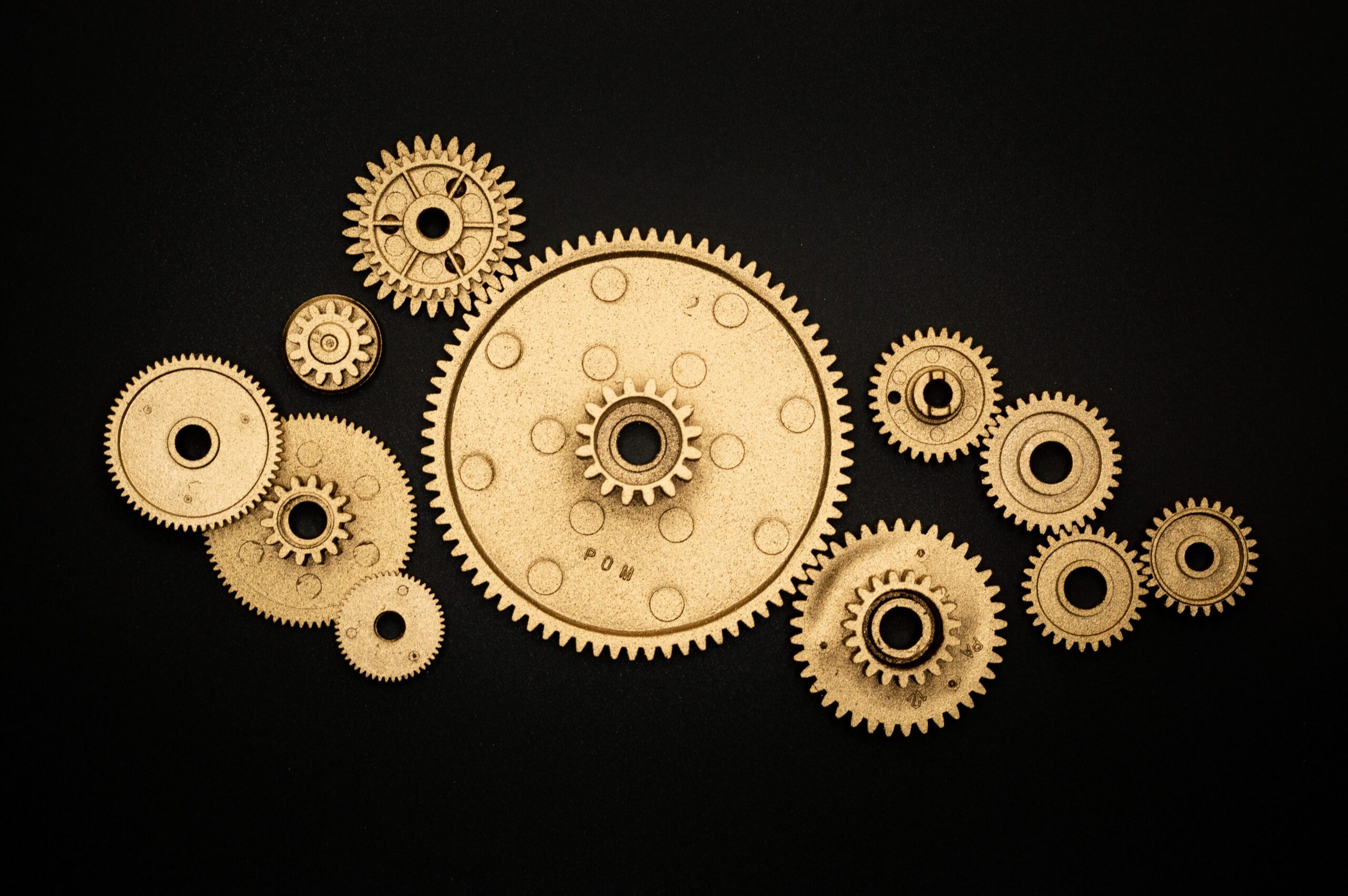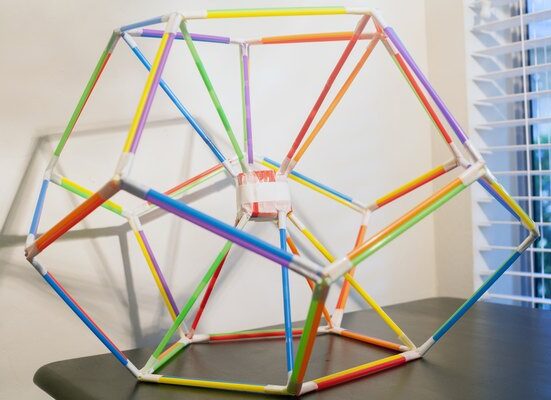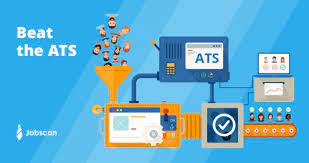Transmitter re-going alludes to the design of both the lower and upper reach values relating to the information values. The transmitter yield right now will be 4 mA and 20 mA for lower and upper reach, separately.
What is current trim?
Current trim is the revision of the simple result from the transmitter.
How would I align a savvy transmitter?
To align a savvy transmitter, it’s critical to have a handheld field communicator, PC with connection point and programming, or a PC. With its assistance, sensor trim, range setting (re-running), or current trim for a brilliant tension, temperature, level, stream or another estimation transmitter can be controlled. Actual information is applied for sensor trim and not for range setting. For the ongoing trim, the result should be estimated.
How would I set the reach in a brilliant transmitter?
To set the reach for a savvy transmitter, you really want a handheld field communicator, PC with point of interaction and programming, or a PC. It controls range setting (re-going) for a brilliant tension, temperature, level, stream or other estimation transmitter. You can change the reach settings as a direct numeric worth passage. Be that as it may, in certain gadgets, you should utilize applied input, which is helpful in a modest bunch of utilizations.
Do I have to adjust a fieldbus transmitter?
Since all sensors tend to float over the long haul, no matter what the result signal the transmitter has. As per this property, frequently the sensor trim will be expected for 4-20 mA/HART, FOUNDATION fieldbus and PROFIBUS-PA gadgets the same. In any case, for Fuji pressure film FOUNDATION fieldbus and PROFIBUS-PA gadgets, you don’t have to set the reach in many applications. Also, since there is no 4-20 mA, they don’t require current trim.
What is turndown?
Turn-down is the proportion of the littlest allowed range to the Upper Sensor Limit. For example, assuming the Upper Sensor Limit is 80 kPa and the base range is 2 kPa, then, at that point, the turndown proportion (rangeability) of that transmitter is 40:1.
What is rangeability?
Rangeability is the proportion of the littlest allowed length to the Upper Sensor Limit. For example, assuming the Upper Sensor Limit is 80 kPa and the base range is 2 kPa, then, at that point, the turndown proportion (rangeability) of that transmitter is 40:1.
What is zero height?
Zero rise alludes to the lower range esteem prescale (4 mA point) that is under nothing. For example, the scope of – 25 to +100, or – 100 to 0, or – 100 to – 20 can be delegated zero rise.
What is zero concealment?
Zero concealment is the stage where the lower range esteem (4 mA point) is over nothing. A scope of 20 to 100 can be sorted as zero concealment.
What is an archiving calibrator?
A recording calibrator is the blend of the elements of both the convenient calibrator and a handheld field communicator. They are joined together to frame a solitary device. The convenient archiving calibrator can carefully speak with astute transmitters and consequently record the adjustment performed.
The 4 mA and 20 mA endpoints advanced from 3-15 psi. 4mA for Live Zero Check and the Selected Range for Linearity. A paperless alignment alludes to an archiving calibrator that can consequently record the adjustment performed. This disposes of the requirement for manual documentation.








122 Comments